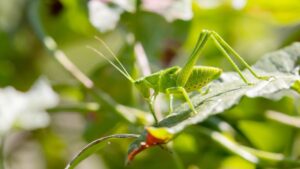This guide covers a selection of vegetables, flowers, herbs, and landscape plants that you can successfully plant in July, providing beneficial insights specific to the UK climate and USDA planting zones.
Vegetables To Plant
July is an excellent opportunity to introduce a variety of vegetables into your garden. The warm soil and longer days offer a perfect environment for germination and growth. Here’s a roundup of ten vegetables you can plant this month, with detailed considerations on temperature tolerance and geographical suitability.
Carrots (Daucus carota)
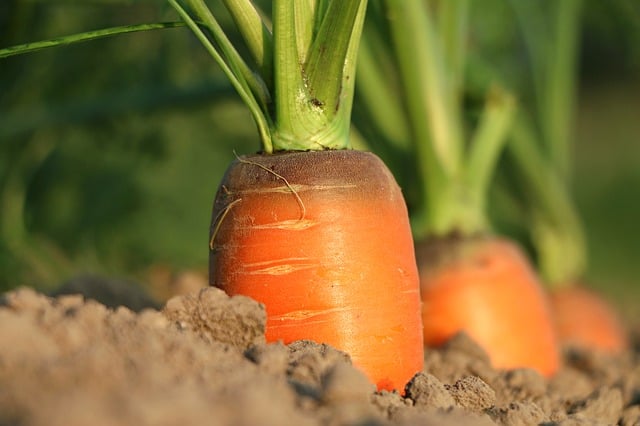
Carrots are a hardy root vegetable that thrives in the UK climate. They prefer well-drained, sandy loam soil and should be sown directly into the ground. In July, you can plant a short-growing variety like ‘Chantenay’ which matures quickly.
Temperature Tolerance: Carrots can grow well in temperatures ranging from 10°C to 20°C (50°F to 68°F). July typically offers these ideal conditions, although you should ensure they have sufficient moisture.
Planting: Sow seeds directly in rows 1.5cm deep and 30cm apart. Keep the soil moist for germination, which takes about 14 to 21 days.
Beetroot (Beta vulgaris)
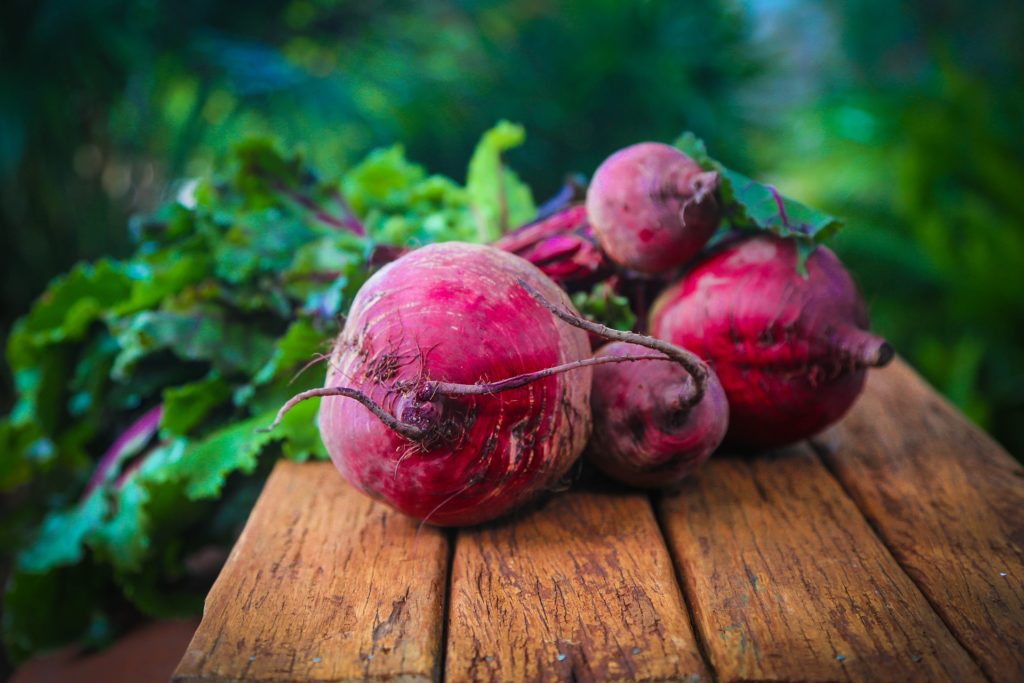
Beetroot is a nutritious vegetable that is often sown in mid-summer for a late harvest. They are relatively easy to grow, making them ideal for beginners.
Temperature Tolerance: Beetroot prefers temperatures between 16°C and 25°C (60°F to 77°F). July’s warmth is perfect for this crop.
Planting: Sow seeds 2.5cm deep in well-drained soil. Space them about 10cm apart to allow for growth. Expect germination in one to two weeks.
French Beans (Phaseolus vulgaris)
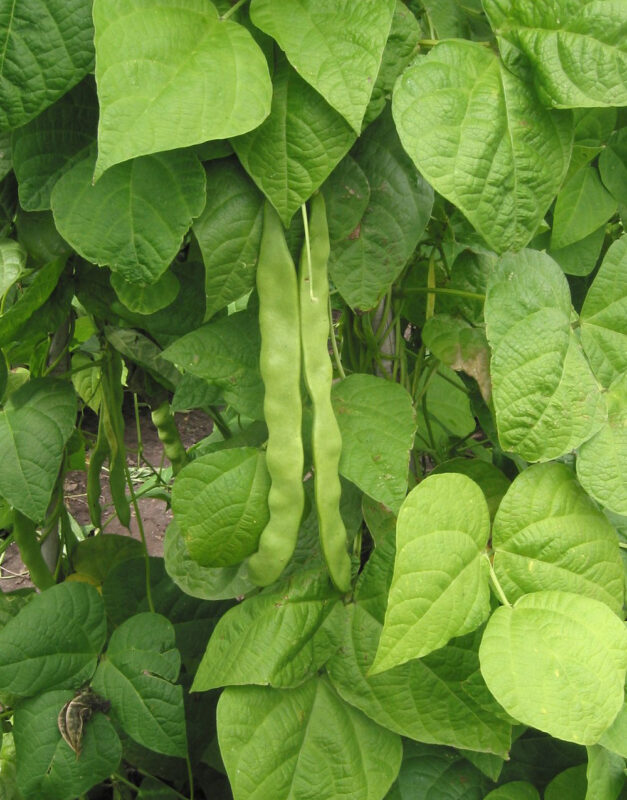
July is the perfect time to plant French beans, offering a bountiful harvest by late summer. They thrive during these warm months.
Temperature Tolerance: French beans flourish in temperatures between 15°C and 30°C (59°F to 86°F). Their growing season is ideal during the earlier part of summer.
Planting: Plant seeds directly in well-drained soil about 5cm deep. Ensure they have a trellis or support if growing runner beans. Germination occurs in about one week.
Lettuce (Lactuca sativa)

Lettuce is a fast-growing leafy green that you can continue sowing throughout July. There are several varieties, from crisp to butterhead.
Temperature Tolerance: Lettuce prefers cooler conditions, ideally between 10°C and 20°C (50°F to 68°F). Early July, before the heat intensifies, is suitable for planting.
Planting: Sow seeds directly with a spacing of 30cm apart in rows. Keep them evenly moist until germination, which takes about 7 to 14 days.
Radishes (Raphanus sativus)
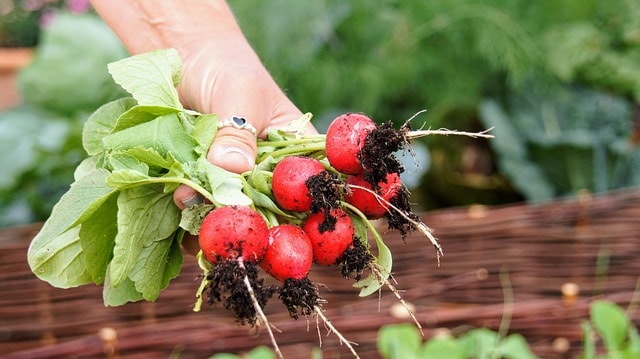
Radishes are one of the quickest crops to mature, making them a fantastic option for late summer gardens.
Temperature Tolerance: They thrive at temperatures between 10°C and 20°C (50°F to 68°F). July usually offers ideal conditions.
Planting: Sow seeds 1cm deep, spaced 2.5cm apart in rich soil. They sprout in just 5 to 10 days and can be harvested within three to four weeks.
Kale (Brassica oleracea var. sabellica)
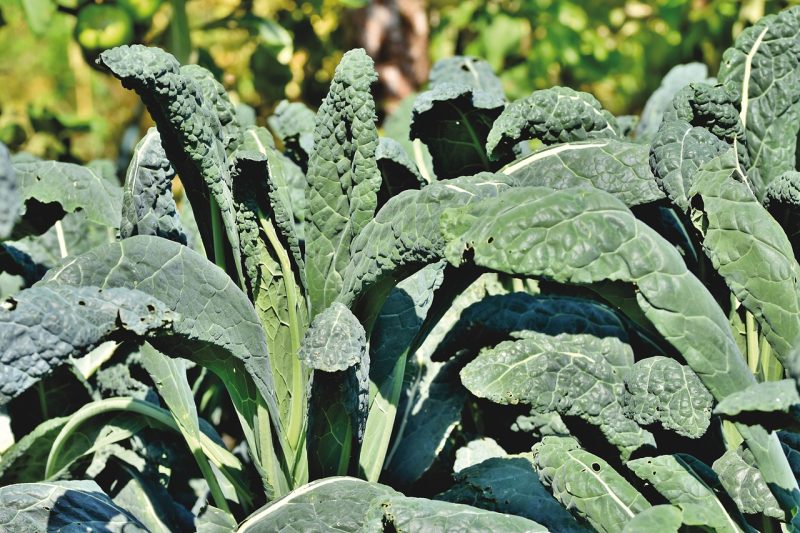
Kale is a hardy green that benefits from cooler temperatures as it matures, making it suitable for late summer sowing.
Temperature Tolerance: Kale prefers cooler temperatures, ideally between 15°C and 21°C (59°F to 70°F), providing a nutritious crop well into the autumn.
Planting: Sow seeds directly about 1.5cm deep and 45cm apart. It typically takes 7 to 10 days for seedlings to appear.
Spring Onions (Allium fistulosum)
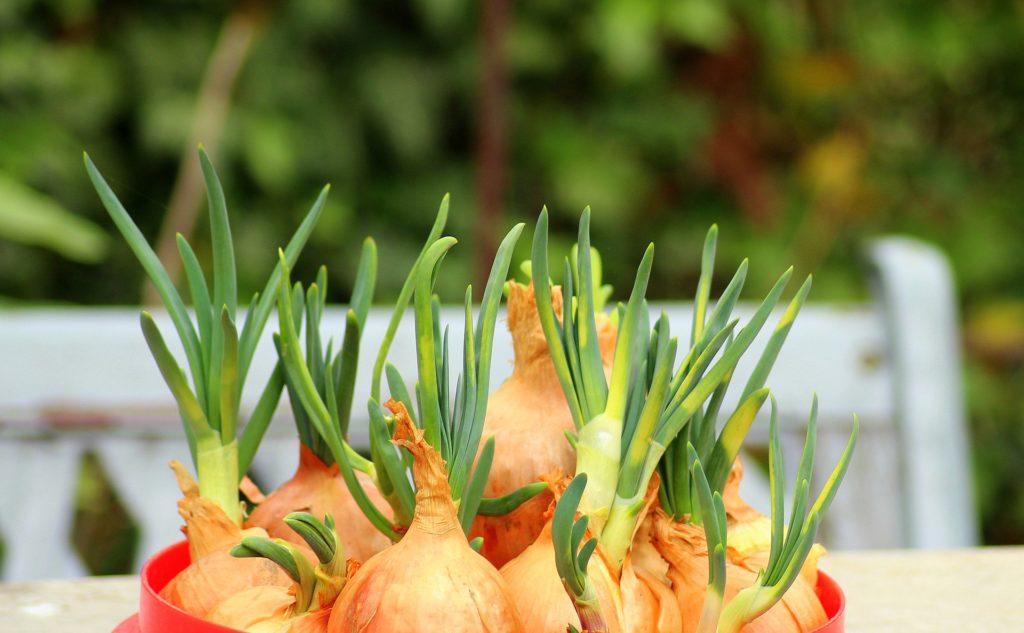
These mild-tasting onions can be sown throughout the summer and are an excellent addition to salads and stir-fries.
Temperature Tolerance: Spring onions prefer moderate temperatures around 10°C to 25°C (50°F to 77°F). They grow well in July.
Planting: Sow seeds 1cm deep, spaced 10cm apart. They germinate quickly, usually within 7 to 14 days.
Swiss Chard (Beta vulgaris subsp. cicla)
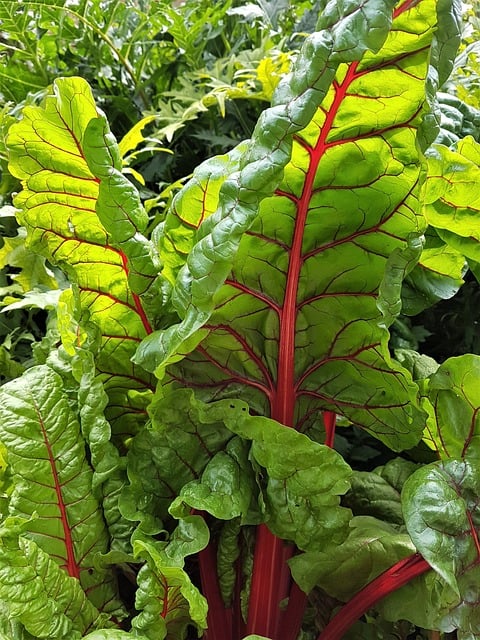
Swiss chard is a leafy vegetable perfect for warm weather and provides a vibrant addition to any garden.
Temperature Tolerance: It thrives in temperatures of 15°C to 30°C (59°F to 86°F), making July a suitable month for planting.
Planting: Sow seeds 2.5cm deep, spaced about 30cm apart. They germinate in 7 to 10 days and can be harvested continuously.
Courgettes (Cucurbita pepo)
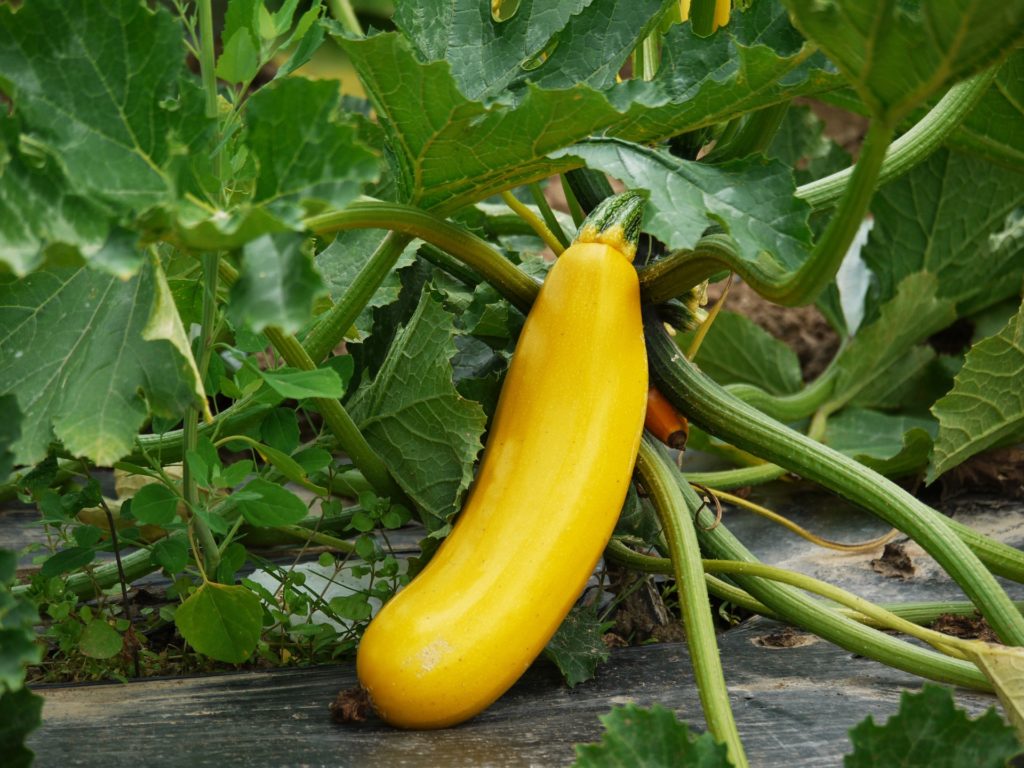
Courgettes (or zucchini) are prolific producers and are well-suited for a summer garden.
Temperature Tolerance: They flourish in warm weather, preferring temperatures of 15°C to 25°C (59°F to 77°F).
Planting: Plant seeds directly into warm soil about 2cm deep, spaced 90cm apart. They require plenty of sunlight and water, and germination takes around 7 days.
Other Considerations for Vegetables
When planting vegetables in July, remember to monitor for pests and diseases. Regular watering and mulching can help conserve moisture during dry spells. Additionally, consider crop rotation for better soil health in subsequent planting seasons.
Flowers To Plant
July isn’t just about vegetables; it’s also an ideal month to introduce colorful blooms to your garden. The warm summer air is conducive for many flower varieties that can be sown to flower late summer or even into autumn.
Marigolds (Tagetes spp.)
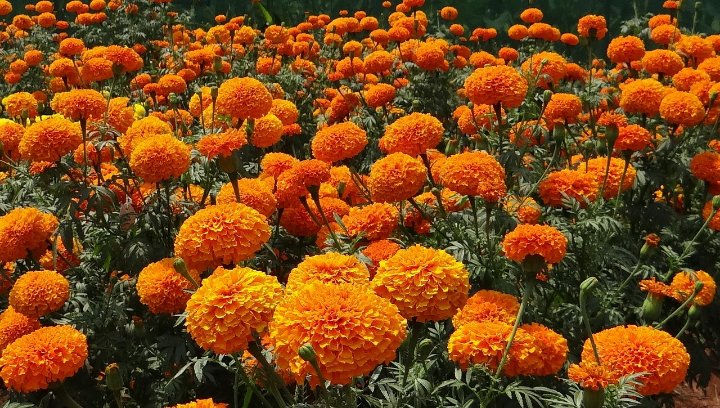
Marigolds are hardy and bright flowers that bring a burst of color to any garden, and they are excellent for companion planting.
Temperature Tolerance: They do well in temperatures of 15°C to 30°C (59°F to 86°F).
Planting: Sow seeds directly in well-drained soil, about 2.5cm deep. Germination occurs within 7 to 10 days.
Sunflowers (Helianthus annuus)

Sunflowers bring cheer and vibrancy to any garden. They are particularly appealing and easy to grow.
Temperature Tolerance: Sunflowers prefer warm conditions, thriving in temperatures of 20°C to 30°C (68°F to 86°F).
Planting: Sow seeds 2.5cm deep and about 30cm apart. They typically germinate within 7 days, and taller varieties may require staking.
Cleome (Cleome hassleriana)
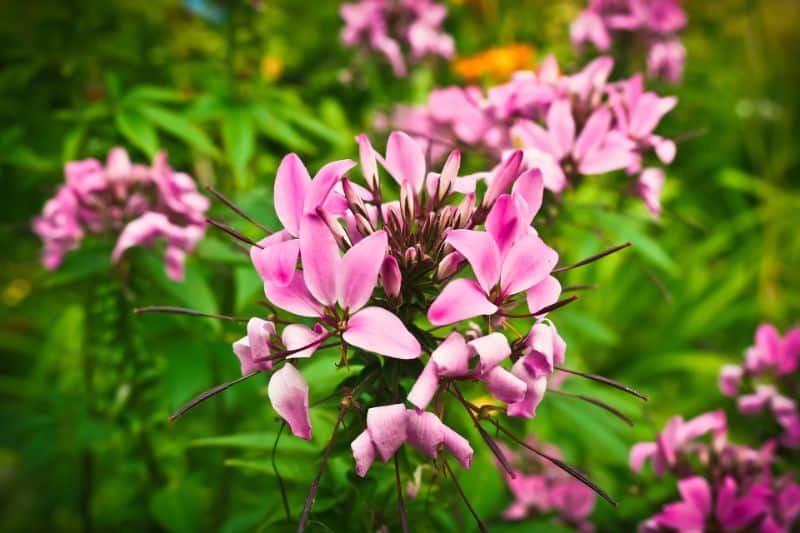
Also known as spider flower, Cleome offers unique flowers and is well-suited for sunny borders.
Temperature Tolerance: This flower thrives in warm temperatures of 20°C to 30°C (68°F to 86°F).
Planting: Sow seeds directly into the garden about 1cm deep. Expect germination in 10 to 14 days.
Nigella (Nigella damascena)
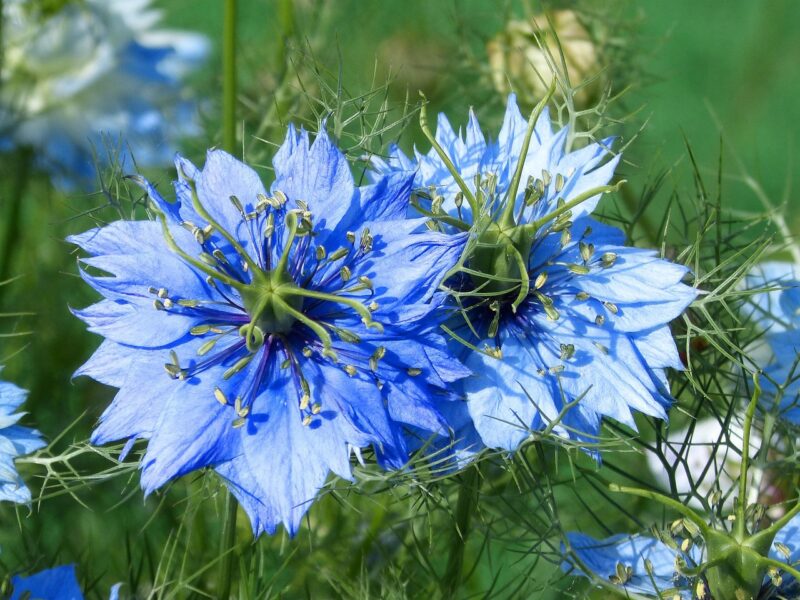
Nigella, or love-in-a-mist, has delicate flowers accompanied by feathery foliage, providing a lovely contrast in the garden.
Temperature Tolerance: Prefers moderate temperatures around 15°C to 25°C (59°F to 77°F).
Planting: Sow seeds directly in well-tilled soil about 1.5cm deep. They germinate within 10 to 14 days.
Zinnias (Zinnia elegans)

Zinnias are vibrant annuals that attract pollinators and can flower well into autumn.
Temperature Tolerance: Zinnias thrive in warm temperatures, ideally 20°C to 30°C (68°F to 86°F).
Planting: Sow seeds 1cm deep in full sun. Germination occurs in about 7 to 10 days.
Cosmos (Cosmos bipinnatus)

Cosmos are known for their daisy-like blooms and are easy to grow as they prefer warm climates.
Temperature Tolerance: They flourish in temperatures of 20°C to 30°C (68°F to 86°F).
Planting: Seeds are sown directly into well-drained soil about 1cm deep. Germination takes roughly 7 days.
Asters (Aster spp.)
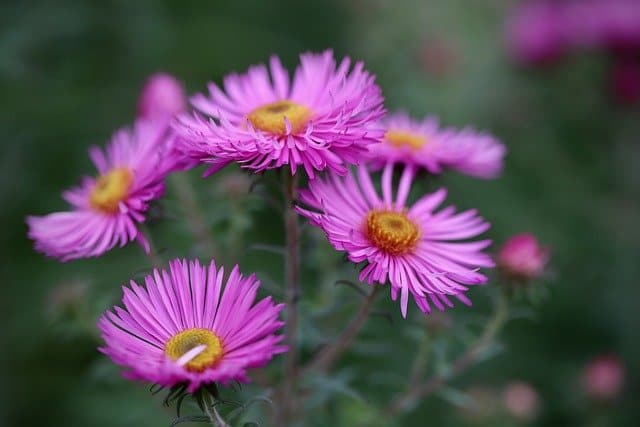
Asters are beautiful perennials that provide late summer and autumn interest with bright blooms.
Temperature Tolerance: Asters thrive in temperatures between 15°C to 22°C (59°F to 72°F).
Planting: Sow seeds 0.5cm deep in well-drained soil. Germination occurs in 10 to 20 days.
Dahlia (Dahlia spp.)
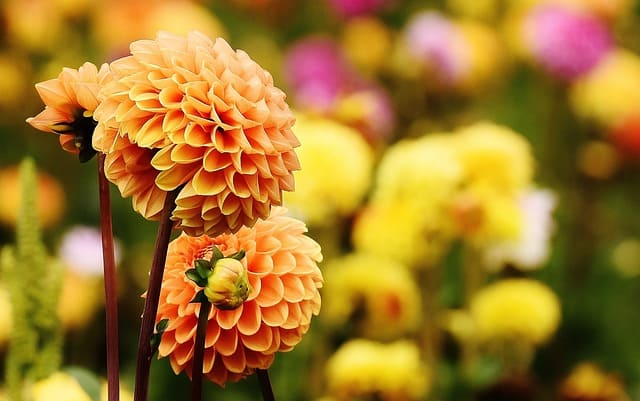
Dahlias are prized for their stunning flowers and come in various sizes and colors.
Temperature Tolerance: Dahlias thrive best between 15°C to 26°C (59°F to 79°F).
Planting: Plant tubers about 10cm deep and 30cm apart. They typically begin blooming in late summer.
Stocks (Matthiola incana)
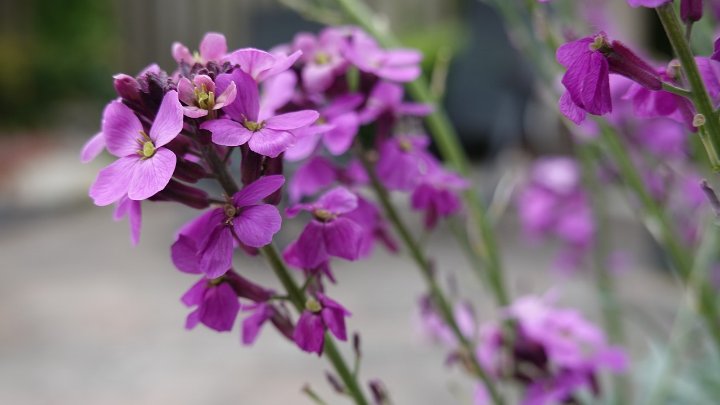
Stocks are known for their fragrant blooms, perfect for cutting gardens and borders.
Temperature Tolerance: Prefer temperatures between 15°C and 25°C (59°F to 77°F).
Planting: Sow seeds directly 0.5cm deep. Expect germination in 10 to 14 days.
Other Considerations for Flowers
As with vegetables, flowers also need care throughout the summer. Regular deadheading will encourage further blooming, and mulching can help retain soil moisture. Watering deeply but less frequently promotes stronger root systems.
Herbs To Plant
Herbs are an essential part of any garden, providing flavor for cooking, fragrance in borders, and attracting beneficial insects. July is a fine time to start a selection of herbs that will thrive in the summer heat.
Basil (Ocimum basilicum)

Basil is a favorite herb with a rich flavor used in a variety of cuisines. It enjoys warm weather and rich, well-drained soil.
Temperature Tolerance: Thrives best at temperatures of 18°C to 30°C (64°F to 86°F).
Planting: Sow seeds directly in a sunny spot about 1cm deep, spacing them 20cm apart. Germination occurs in 5 to 10 days.
Coriander (Coriandrum sativum)
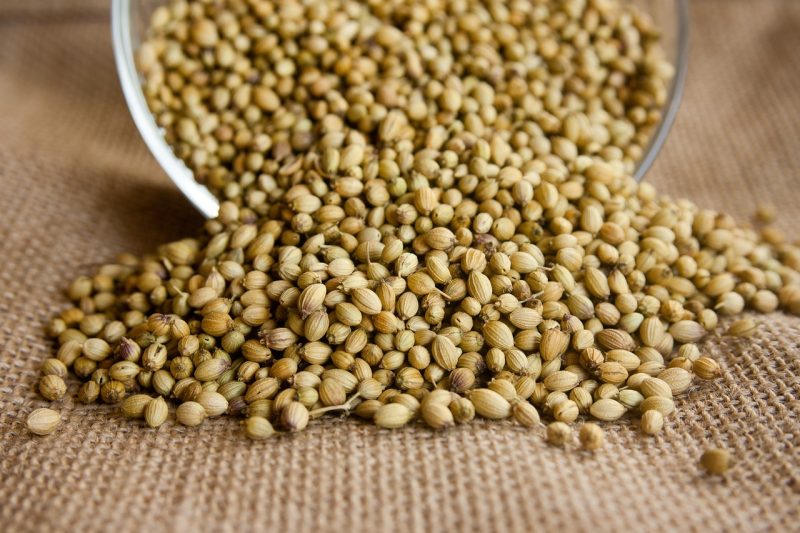
Coriander, also known as cilantro, is widely used in culinary dishes and grows quickly in warm weather.
Temperature Tolerance: Prefers temperatures between 15°C to 25°C (59°F to 77°F).
Planting: Sow directly into well-drained soil 1.5cm deep. Expect germination within 7 to 14 days.
Dill (Anethum graveolens)
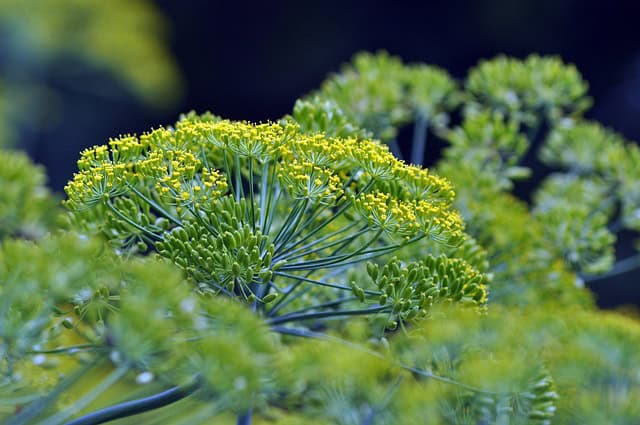
Dill is an aromatic herb that’s perfect for pickling and culinary uses. It has a lovely feathery appearance.
Temperature Tolerance: Dill prefers temperatures around 15°C to 25°C (59°F to 77°F).
Planting: Plant seeds directly about 1.5cm deep and space 20cm apart. Germination typically occurs within 7 to 14 days.
Chives (Allium schoenoprasum)

Chives are a perennial herb that returns each year. They have a mild onion flavor that enhances various dishes.
Temperature Tolerance: They thrive in temperatures around 15°C to 25°C (59°F to 77°F).
Planting: Sow seeds directly or transplant seedlings 1cm deep and 30cm apart. They take 7 to 14 days to sprout.
Fennel (Foeniculum vulgare)
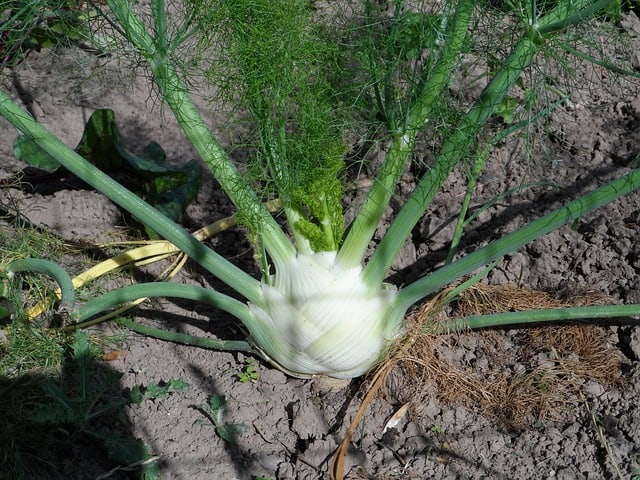
Fennel has a unique anise flavor and produces delicate fronds. It thrives in warm weather and well-drained soil.
Temperature Tolerance: Grows well in temperatures of 18°C to 24°C (64°F to 75°F).
Planting: Sow seeds about 2.5cm deep in rows 30cm apart. Germination takes about 14 to 21 days.
Oregano (Origanum vulgare)
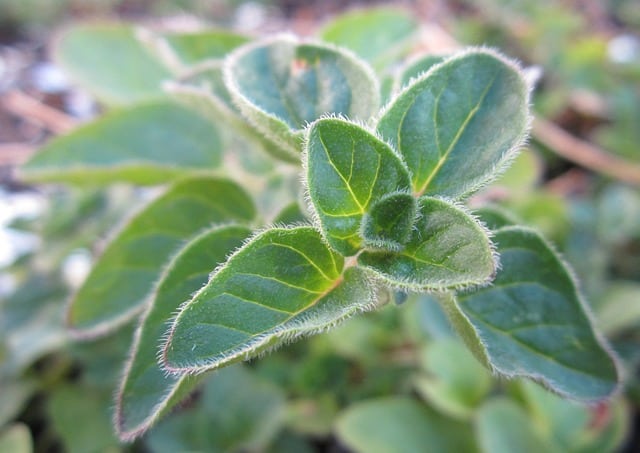
Oregano is a staple herb in Mediterranean cooking and is well-suited to garden borders.
Temperature Tolerance: Oregano thrives in warm weather, preferably around 20°C to 30°C (68°F to 86°F).
Planting: Sow seeds directly into well-drained soil about 0.5cm deep. Expect germination in 14 to 21 days.
Parsley (Petroselinum crispum)
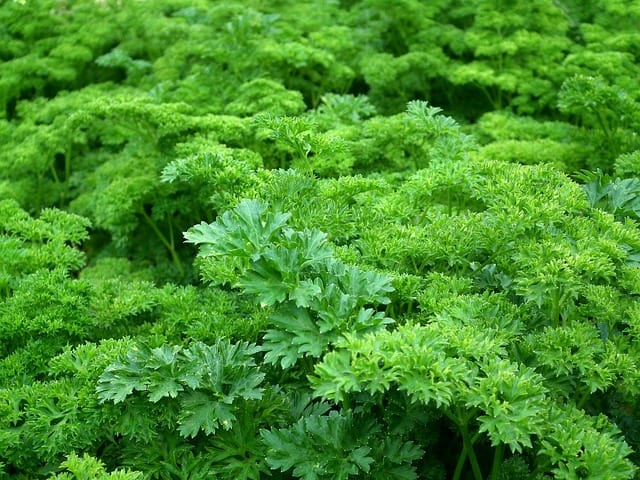
Parsley is both a culinary herb and a decorative plant, easy to grow and versatile in the kitchen.
Temperature Tolerance: Prefers temperatures of 15°C to 25°C (59°F to 77°F).
Planting: Sow seeds directly about 1cm deep and space 15cm apart. Germination can take 14 to 28 days.
Thyme (Thymus vulgaris)
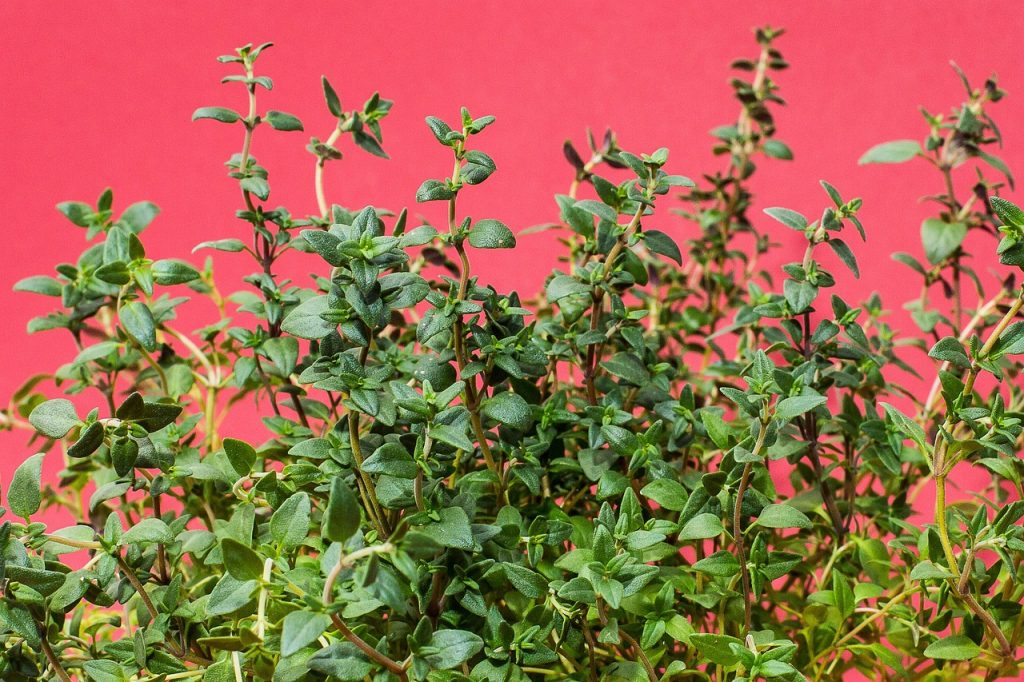
Thyme is a perennial herb that’s compact and easy to care for, with a lovely flavor for cooking.
Temperature Tolerance: It prefers temperatures of 15°C to 25°C (59°F to 77°F).
Planting: Sow seeds about 1cm deep, spaced about 30cm apart. Germination takes around 14 to 21 days.
Mint (Mentha spp.)
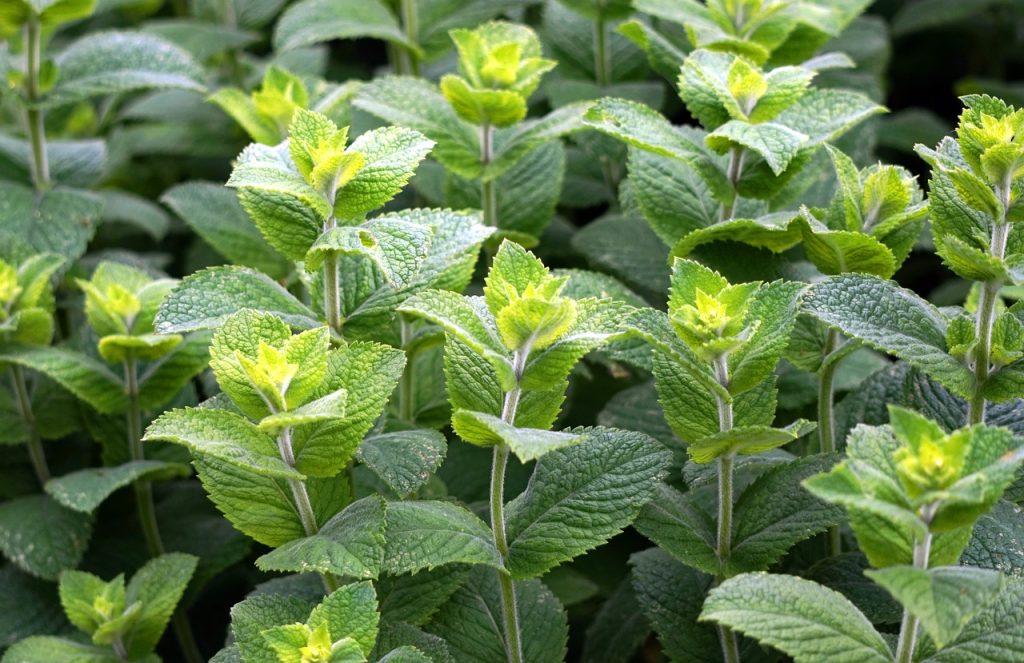
Mint is a vigorous grower and can spread easily; it is best planted in containers.
Temperature Tolerance: Thrives in warm conditions, ideally 15°C to 25°C (59°F to 77°F).
Planting: Mint can be propagated through cuttings or sowing seeds about 0.5cm deep. Germination occurs within 10 to 14 days.
Other Considerations for Herbs
To maximize the flavor profiles of your herbs, be sure to harvest regularly. This will encourage fuller growth and might even prevent flowering, which can change the flavor in herbs like basil. Ensure your herbs receive adequate sunlight and moisture to thrive.
Landscape Plants To Plant
While many of the flowering and veggie options are perfect for immediate consumption, landscape plants provide long-term aesthetic enjoyment and contribute to the garden ecosystem. Here are ten landscape plants that thrive in July.
Sedum (Sedum spp.)
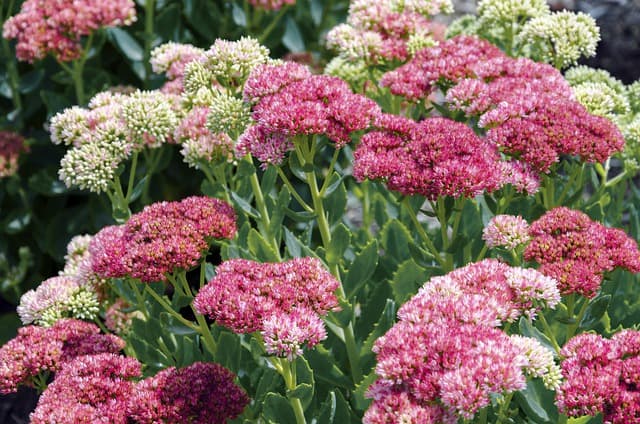
Sedum, or stonecrop, is a drought-resistant perennial that provides excellent ground cover and attractive foliage.
Temperature Tolerance: Sedum thrives in temperatures ranging from 15°C to 30°C (59°F to 86°F).
Planting: Plant sedum in well-draining soil 5 to 10cm apart. This hardy plant typically incorporates swiftly into the landscape.
Lavandula (Lavender)

Lavender provides not only gorgeous blooms and fragrance but also attracts pollinators to the garden.
Temperature Tolerance: Lavender prefers full sun and warm temperatures, thriving between 20°C to 30°C (68°F to 86°F).
Planting: Plant rooted cuttings or established plants in well-drained soil 30cm apart. Lavender enjoys drier conditions, so be cautious not to overwater.
Echinacea (Echinacea purpurea)

Echinacea, or coneflower, is a resilient perennial with eye-catching blooms that can attract butterflies and beneficial insects.
Temperature Tolerance: Prefers temperatures of 15°C to 30°C (59°F to 86°F).
Planting: Plant in well-draining soil, spacing 45cm apart. Echinacea typically thrives in full sun and blooms throughout the summer.
Heuchera (Heuchera spp.)
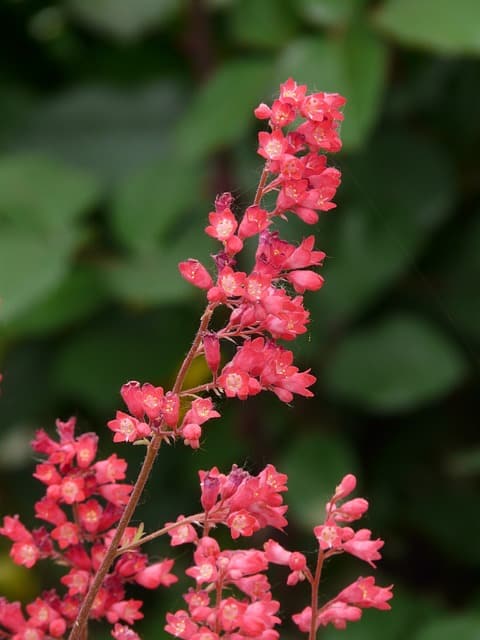
Also known as coral bells, these plants boast vibrant foliage in shades of green, purple, and silver, offering visual interest throughout the gardening season.
Temperature Tolerance: They thrive at temperatures between 15°C to 25°C (59°F to 77°F).
Planting: Space plants 30cm apart in well-drained soil, as they prefer slightly shaded areas, providing unique color combinations in any landscape.
Grasses (Miscanthus spp.)
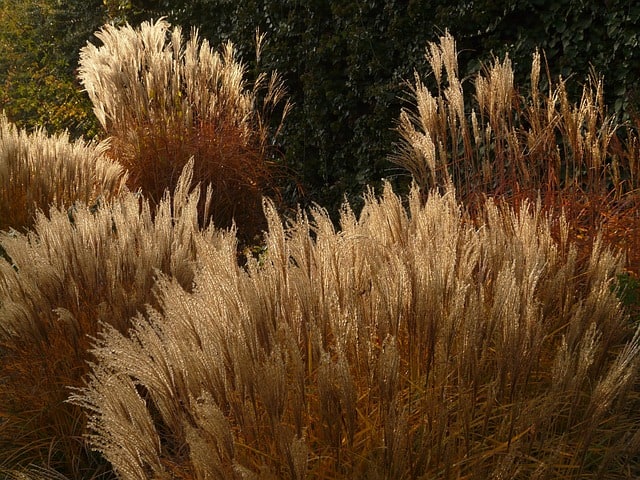
Ornamental grasses add movement and texture to garden borders, creating a pleasing backdrop for other plants.
Temperature Tolerance: Most ornamental grasses prefer temperatures of 15°C to 30°C (59°F to 86°F).
Planting: Plant in well-drained soil, spacing them appropriately depending on the variety. They usually require little maintenance once established.
Hydrangeas (Hydrangea spp.)

Hydrangeas are stunning shrubs known for their large, beautiful blooms. They offer a stunning array of colors, depending on the pH of the soil.
Temperature Tolerance: They thrive in temperatures between 15°C to 25°C (59°F to 77°F).
Planting: Plant in rich, well-drained soil, and water thoroughly upon planting. Hydrangeas typically require some afternoon shade, particularly in hotter months.
Salvia (Salvia spp.)

Salvia plants are well-loved for their vibrant flowers and ability to attract bees and butterflies to the garden.
Temperature Tolerance: They prefer warmer temperatures, ideally 18°C to 30°C (64°F to 86°F).
Planting: These can be planted 30cm apart in rich, well-drained soil. They love full sun and generally thrive with straightforward maintenance.
Grape Vines (Vitis vinifera)

Grapes can be both ornamental and practical. They can serve as a great focal point and provide fruit during harvest season.
Temperature Tolerance: Grape vines thrive in warmer temperatures, ideally between 18°C and 30°C (64°F to 86°F).
Planting: Plant vines about 1.5m apart in rich, well-drained soil. Grapes require plenty of sunlight and space to grow.
Raspberries (Rubus idaeus)

Raspberries are fruit-bearing plants that also serve as lovely garden shrubs. They provide delicious berries and vibrant foliage.
Temperature Tolerance: Enjoy full sun and when planted in optimal condition, they thrive in temperatures of 18 to 25°C (64°F to 77°F).
Planting: Space plants 30 to 45cm apart in rich soil. Prune annually for fruitful harvests.
Other Considerations for Landscape Plants
Proper planning of your landscape design will enhance the overall aesthetic of your garden. Consider a mixture of heights, colors, and textures to achieve visual appeal throughout the growing season. Ensure adequate watering during establishment, especially during particularly warm July spells.
Conclusion
July in the UK presents a fantastic opportunity to engage with your garden in multiple ways. Whether you’re looking to augment your vegetable patch, enhance your floral displays, cultivate aromatic herbs, or establish landscape plants that will thrive for years to come, this month allows for significant growth and beauty.




